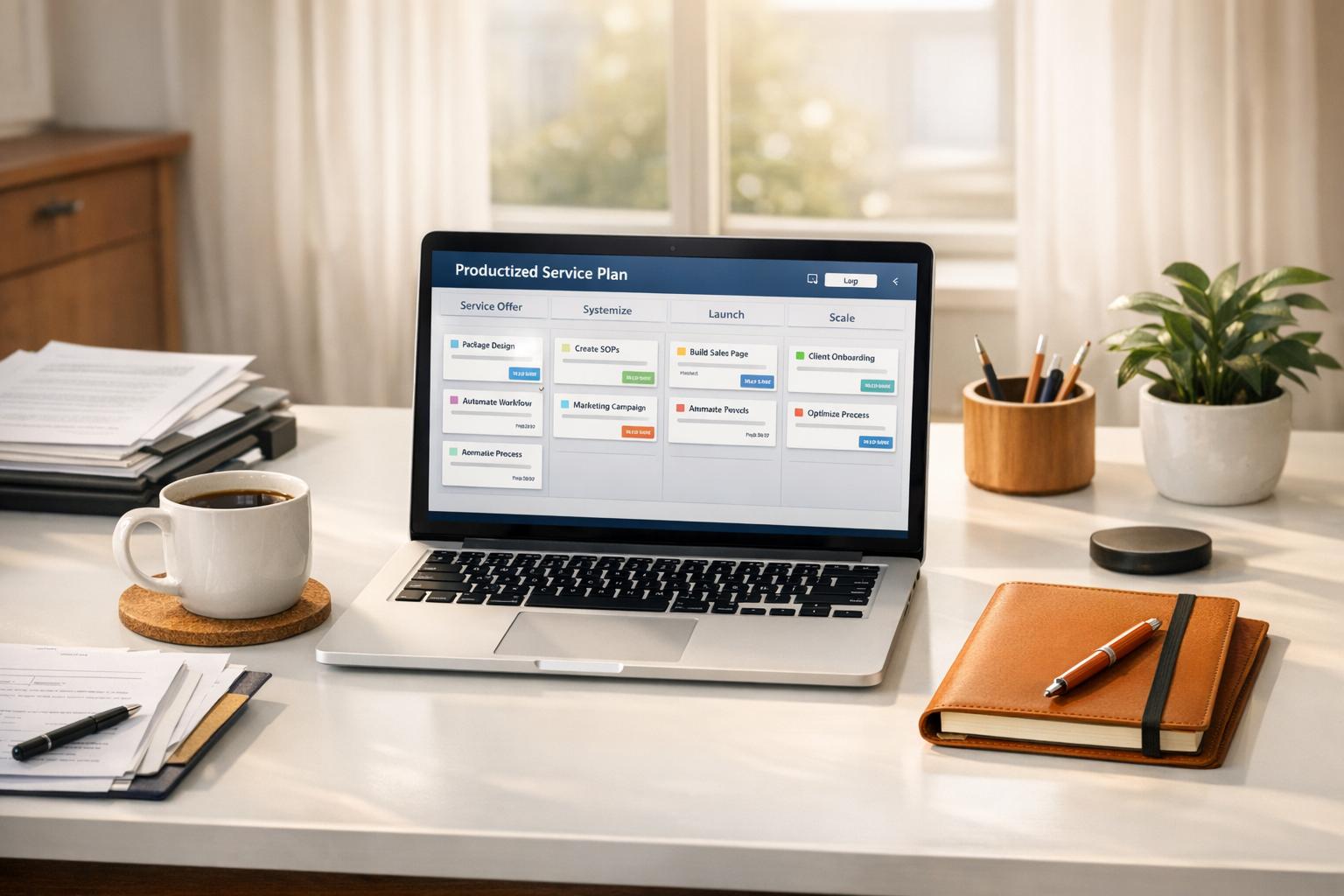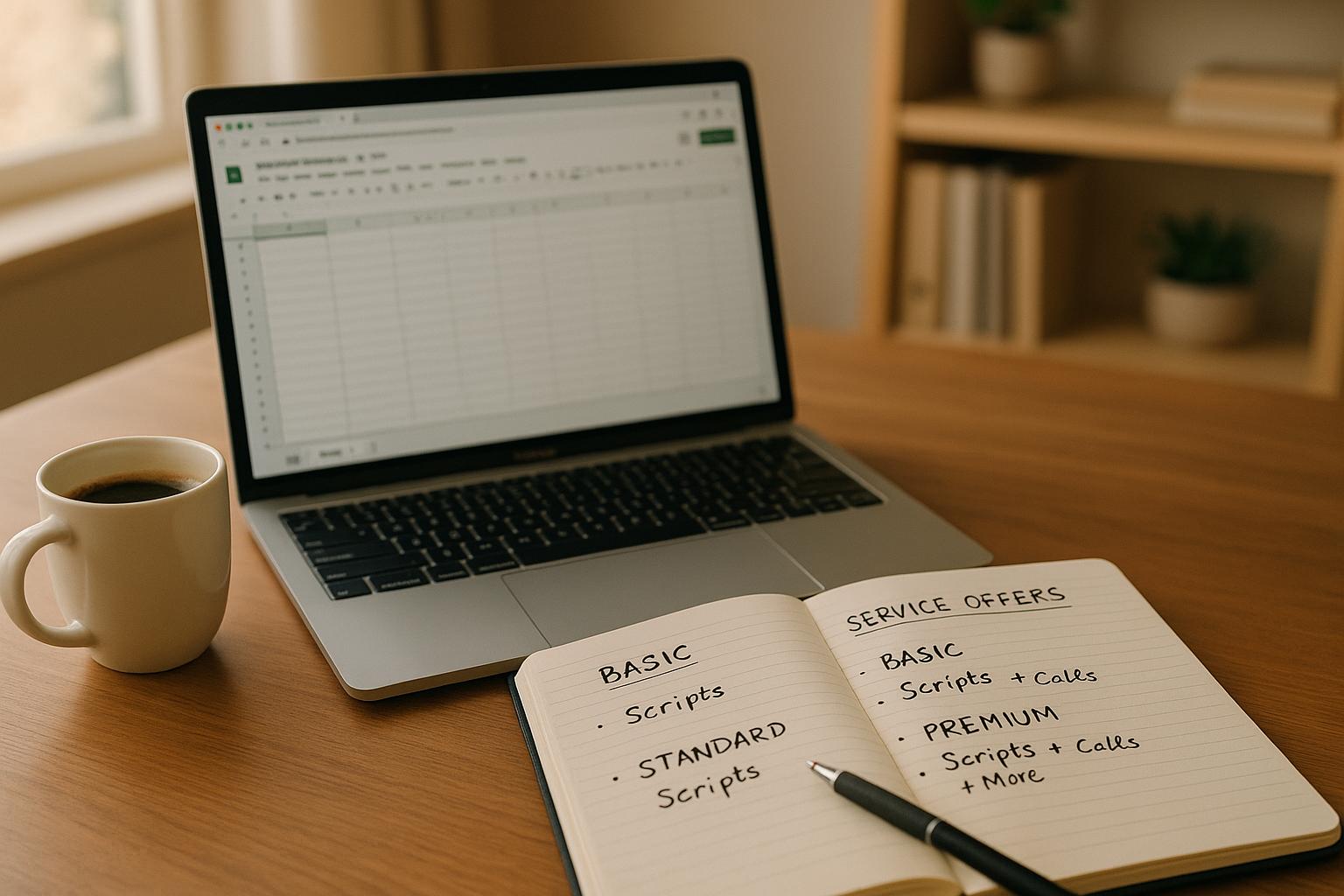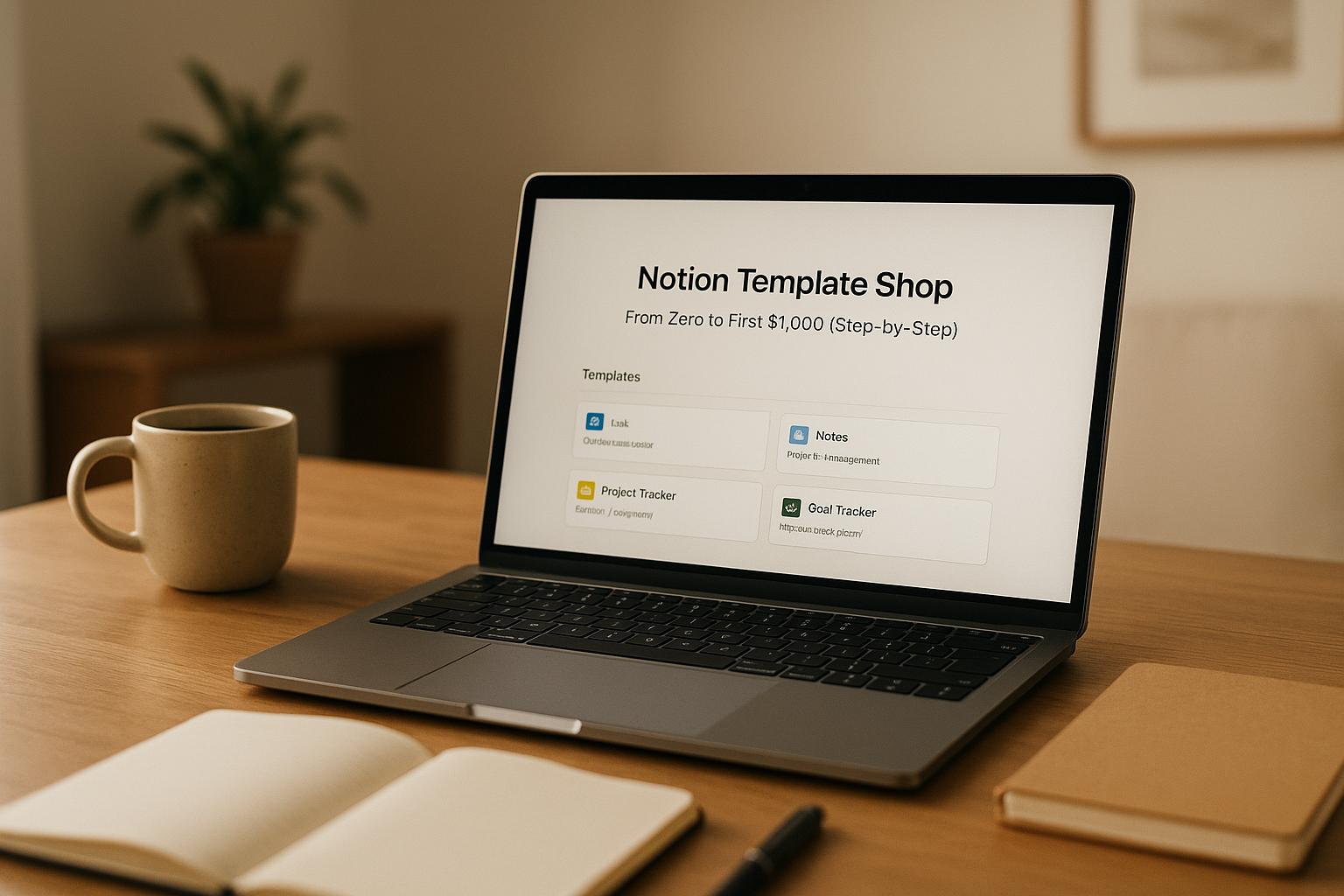
When starting a business, tracking three key numbers can make or break your success:
- Customer Acquisition Cost (CAC): How much it costs to acquire each customer. Lowering CAC improves profitability.
- Monthly Breakeven Point: The time it takes for your revenue to cover expenses. Faster breakeven means quicker sustainability.
- Market Size: The potential revenue opportunity in your target market. Understanding this avoids overestimating demand.
These metrics work together to ensure your business is financially sound. For example, Sarah, a pet accessories founder, saved her failing business by cutting her CAC by 40%, hitting breakeven faster, and narrowing her market focus. Start tracking these numbers early to increase your chances of success.
Essential Financial Metrics Every Business Owner Should Track
1. CAC: Managing Customer Acquisition Costs
Customer Acquisition Cost (CAC) can be the deciding factor for a startup's success. Take the example of a software startup that spent $50,000 on marketing, only to find their CAC was five times higher than their product price. This is a common pitfall for many businesses, as seen in Sarah's story. Both cases highlight why understanding and managing CAC is crucial for survival and growth.
CAC Basics and Industry Standards
To calculate CAC, divide your total acquisition costs by the number of customers gained. For instance, spending $95,000 to acquire 250 customers gives you a CAC of $380.
CAC benchmarks vary widely across industries:
| Industry | Average CAC | Recommended LTV:CAC Ratio |
|---|---|---|
| SaaS | $702 | 3:1 |
| B2B | $536 | 4:1 |
| eCommerce | $70 | 3:1 |
How IdeaFloat Helps Lower CAC

In 2024, a SaaS company using targeted strategies cut their CAC by 58% while doubling their lead volume. Similarly, Sarah's pet business saw a turnaround by focusing on CAC optimization. These examples show that lowering CAC requires consistent effort and testing.
Here are some strategies that deliver results:
- Track channels: Businesses that use detailed analytics often reduce CAC by 25-30%.
- Refine conversion funnels: Tools like the Pricing Analyzer can align your pricing with acquisition costs.
- Segment your audience: Profiling and segmentation have been shown to cut CAC by 40% in B2B scenarios.
"Top performers recover CAC within 5-7 months - beyond that strains cash flow." - 2024 Startup Financial Benchmarks Report
Once you've got CAC under control, the next step is figuring out how quickly you can recover these costs through sales.
2. Breakeven Point: Time to Profitability
Once you've got a handle on your Customer Acquisition Cost (CAC), the next big question is: When will your business start turning a profit? Hitting your breakeven point is a critical milestone. For example, a restaurant owner managed to reach breakeven in just three months using IdeaFloat's Cost Analyzer. Research shows that businesses reaching profitability within their first year are 70% more likely to succeed in the long run [1].
Cost Analysis with IdeaFloat
The time it takes to break even depends heavily on your industry. Here's a quick look at some averages:
| Industry | Average Time to Profitability | Key Cost Factors |
|---|---|---|
| E-commerce | 6 months - 3 years | Inventory, marketing |
| SaaS | 3-5 years | Development, sales |
| Restaurants | 3-5 years | Location, labor |
Take Sarah's story: When she relaunched her business, she used IdeaFloat's Breakeven Analysis to uncover $3,200 in unnecessary monthly expenses. This allowed her to hit profitability by Month 5 instead of Month 12. IdeaFloat's Startup Cost Analyzer makes it easy to separate fixed and variable costs, giving businesses a clear picture of their contribution margins.
Mapping Your Path to Breakeven
Want to speed up your journey to profitability? Here are some strategies:
- Adjust Your Pricing: A retail startup shaved three months off their breakeven timeline by using IdeaFloat's Pricing Analyzer to implement dynamic pricing based on real-time acquisition costs [2].
- Cut Fixed Costs: Look into shared workspaces or renegotiate with suppliers to lower overhead.
- Monitor Cash Flow Weekly: Automated tools can help you track projections and set aside funds for unexpected expenses.
"Companies using scenario planning were 33% more likely to report above-average profits." - Harvard Business Review [7]
Lastly, ensure you have at least 18-24 months of funding runway. IdeaFloat's Funding Calculator can help you plan for this. While breakeven is a key indicator of financial health, your ultimate success will also depend on understanding the size and potential of your market.
sbb-itb-08dd11e
3. Market Size: Getting Real Numbers
Quibi’s downfall is a clear example of what happens when market size is overestimated. The company aimed for 7.4 million subscribers but only managed to attract 500,000 before shutting down [10]. While factors like CAC and breakeven are crucial for short-term survival, the market size determines whether your business has room to expand.
Breaking Down TAM, SAM, and SOM
Market size is typically divided into three key levels that every founder needs to grasp:
| Market Level | Definition | Example: Pet Accessories Market |
|---|---|---|
| TAM (Total Addressable Market) | The total demand for your product or service | $70B (global pet products) |
| SAM (Serviceable Addressable Market) | The portion of TAM you can realistically target | $5B (US online accessories) |
| SOM (Serviceable Obtainable Market) | The share of SAM you can realistically capture | $50M |
For instance, Sarah used IdeaFloat's Market Size Assessment to refine her understanding of her market. Initially, she estimated a $5B SAM, representing all U.S. pet owners. But after narrowing her focus to custom accessory buyers, her SAM dropped to $800M [9][3]. This sharper focus enabled her to better allocate resources and fine-tune her marketing approach.
Using Competitor Data for Market Validation
Airbnb’s rise highlights the importance of precise market sizing. By targeting the "alternative accommodation" niche rather than the entire hospitality industry, Airbnb achieved a $31 billion valuation at its 2020 IPO [11].
To validate your market size, competitor data can be incredibly useful. Here are key metrics to analyze:
| Metric | What to Measure | Why It Matters |
|---|---|---|
| Market Share | Competitor revenue compared to the total market size | Helps gauge realistic growth opportunities |
| Growth Rate | Year-over-year revenue changes | Indicates the health and trajectory of the market |
| Customer Base | Number of active customers | Reflects actual demand within the market |
| Revenue Per Customer | Average customer spending | Validates pricing strategy and revenue potential |
Sarah leveraged these metrics with IdeaFloat's Competitor Analysis Generator. She discovered her niche had 72% less competition compared to broader pet markets. This deeper analysis revealed her initial $1.2M SAM was actually $480,000, prompting her to target premium cat owners instead [1][9].
Together, CAC, breakeven, and market size create a system where each element supports and validates the others, ensuring your business model is built on solid ground.
Focus on Core Numbers
Startups that prioritize tracking CAC, breakeven points, and market size are 2.5 times more likely to turn a profit within 18 months. Take Sarah’s pet business as an example - by cutting her CAC by 40% and achieving breakeven in just seven months, she transformed her business through consistent weekly reviews of these key metrics.
These numbers don’t exist in isolation. Improving one often has a ripple effect on the others. Businesses that maintain balanced ratios across all three metrics tend to outperform their competitors across various industries, including e-commerce and software services [4][5].
The good news? Automated validation tools now make it easier than ever to track these metrics in real-time. Sarah, for instance, used these tools to reassess her numbers monthly. By integrating metric validation into their regular operations, businesses can detect opportunities for improvement before cash flow takes a hit [6].
Whether it’s a pet business or a software startup, the key to mastering these metrics lies in consistent validation. Modern tools simplify this process with real-time data and competitor benchmarking. Companies that adopt this approach are twice as likely to achieve steady growth [8]. These three metrics are the foundation for long-term success.
FAQs
For founders diving into these metrics, here’s a breakdown of some common questions:
What are the financial metrics for startups?
Startups rely on three key metrics for early survival: Customer Acquisition Cost (CAC), Monthly Breakeven Point, and Market Size. These metrics work together - CAC impacts how quickly cash is spent, breakeven sets a timeline for profitability, and market size highlights growth opportunities.
Take Sarah’s pet business as an example. By cutting her CAC by 40%, she was able to hit breakeven in just five months instead of the expected twelve. Using IdeaFloat’s dashboard, she tracked how adjustments in one metric affected the others.
Today’s tools make tracking easier than ever. IdeaFloat offers features like:
- Breakeven Analysis to project profitability timelines
- Customer Insights to keep CAC in check
- Market Size Assessment to validate growth opportunities
For effective tracking:
- Use integrated dashboards to automate calculations
- Compare your metrics to industry benchmarks
- Revisit assumptions quarterly or when market conditions change
Staying on top of these numbers means pairing market data with real customer behavior. Regular reviews - monthly CAC checks, quarterly breakeven updates, and annual market size evaluations - can keep your startup financially healthy and ready to adapt as it grows.
Related Blog Posts
Get the newest tips and tricks of starting your business!


